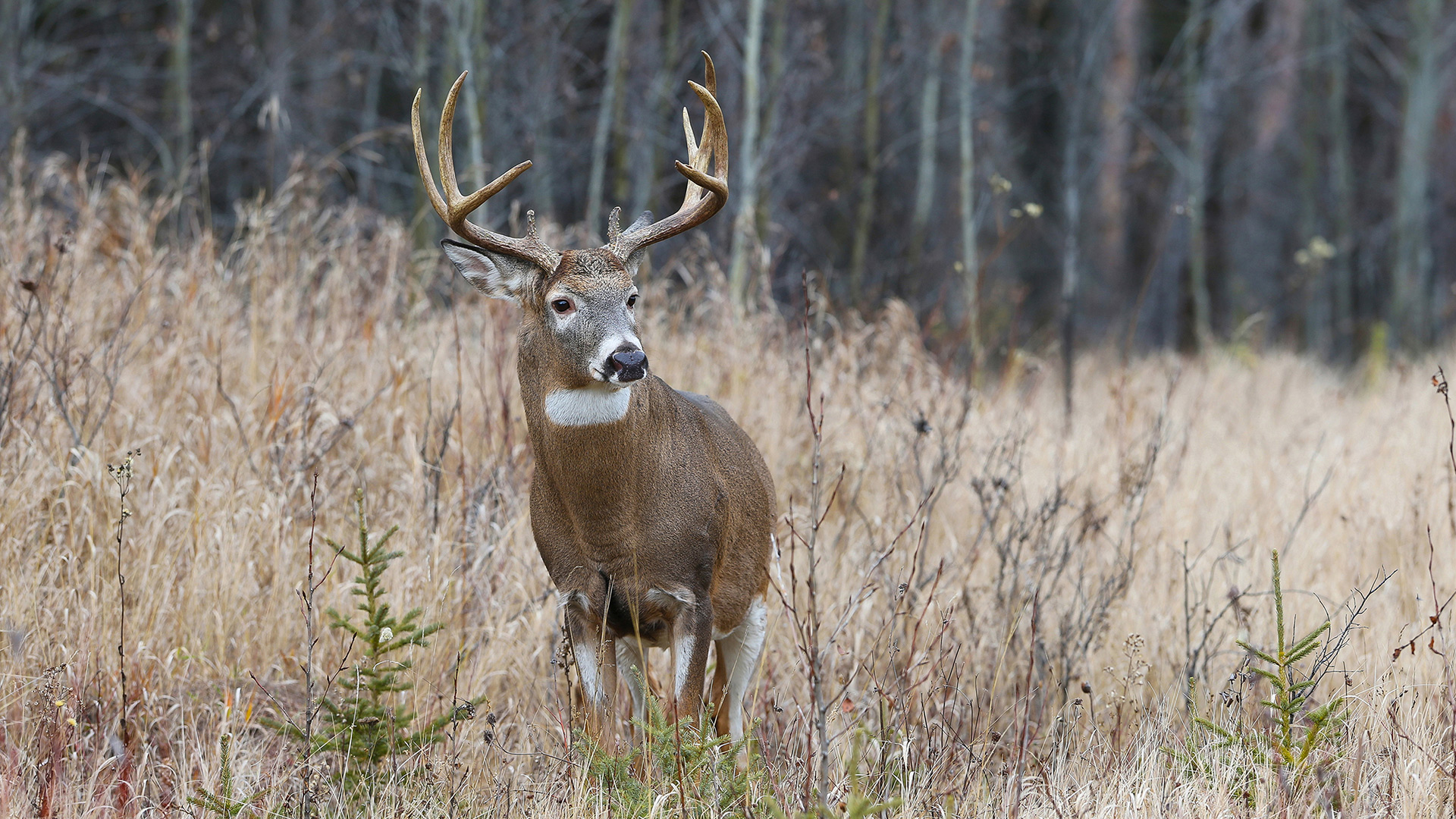It’s the end of a successful hunt, and you’re preparing to take back the fish, birds or animals you harvested. Border officials on both sides have the authority to inspect and confiscate any trophies or meat not transported properly. The following are standard regulations you need to meet. For a complete list of regulations, click this link: transporting and exporting game.
- Your fishing or hunting license is your permit to transfer your game meat with you.
- Your possession limit (see Saskatchewan Hunters’ and Trappers’ Guide for limits per species) is also the limit of fish, birds or big game you can export from Saskatchewan.
- If you’re travelling by commercial air, check your airline regarding their requirements for packaging of game/meat.



